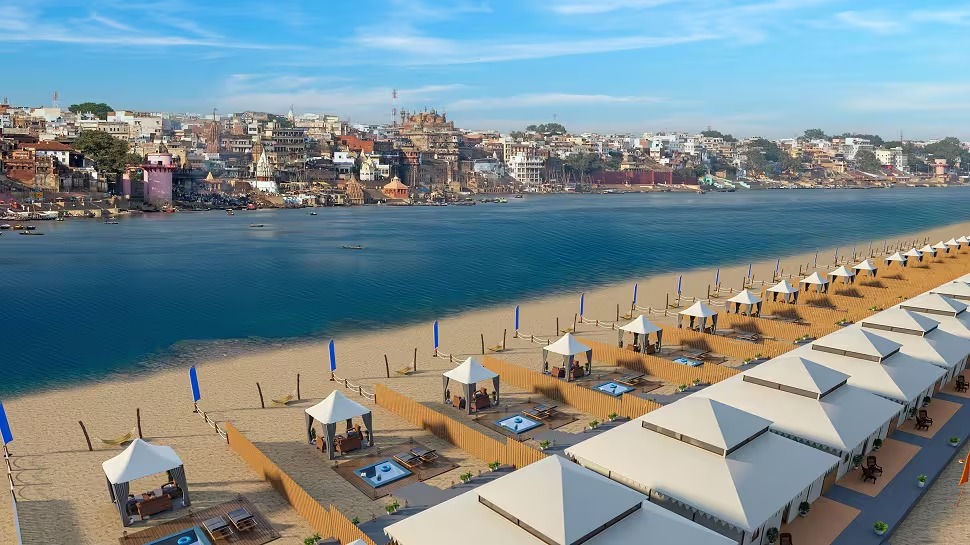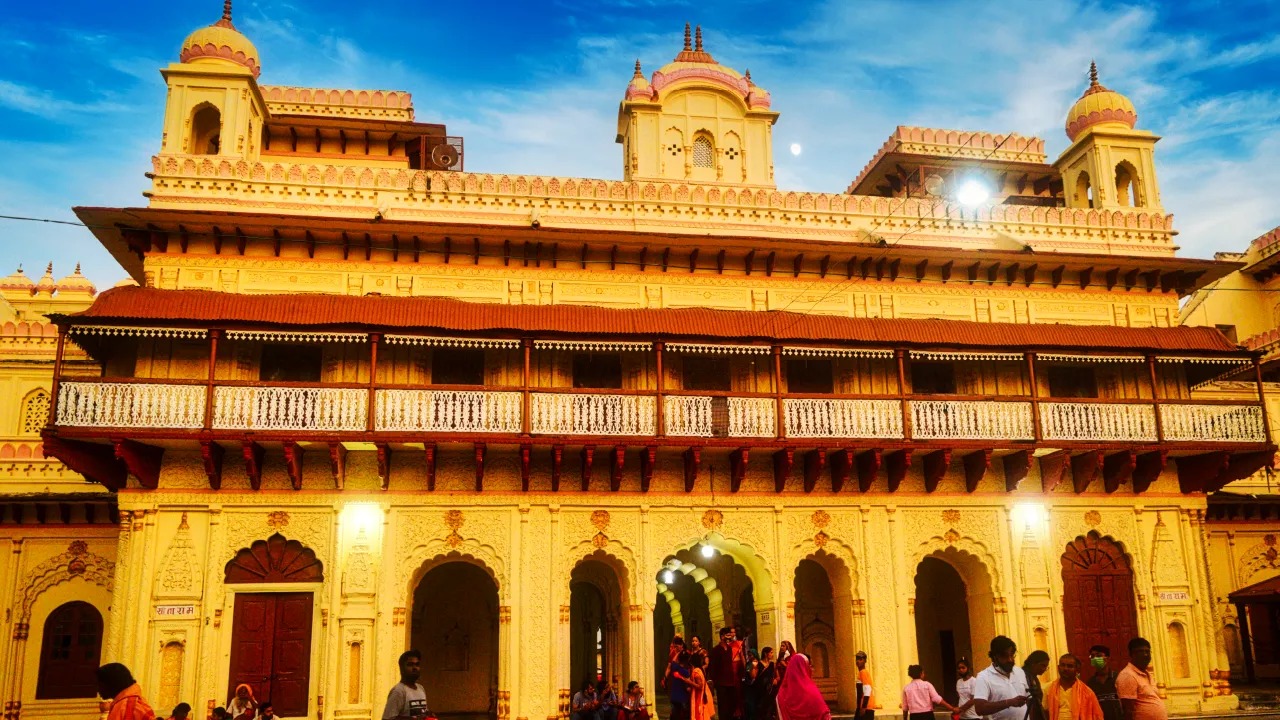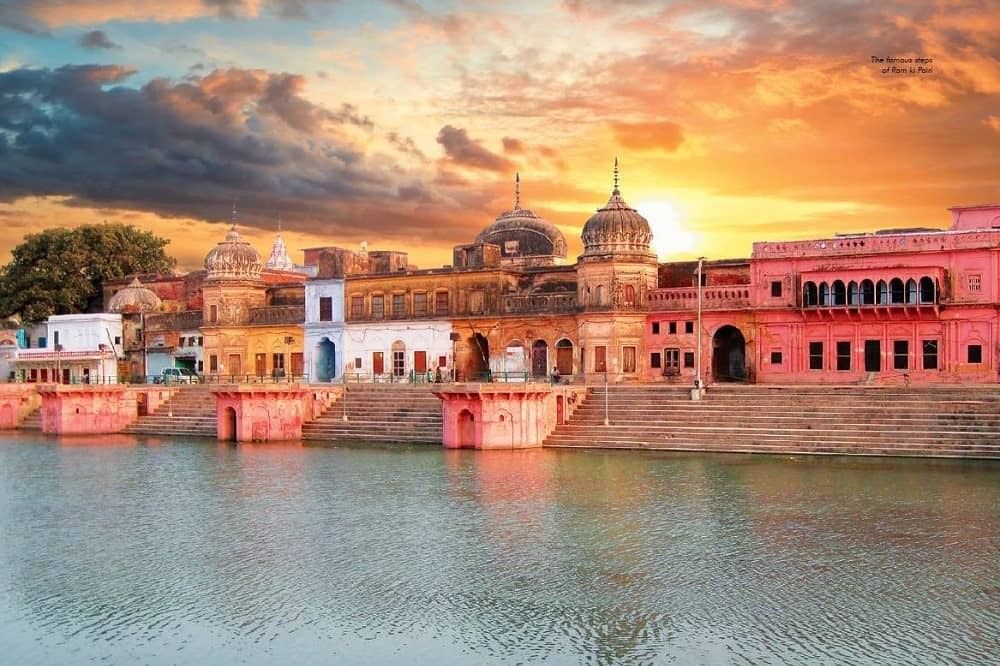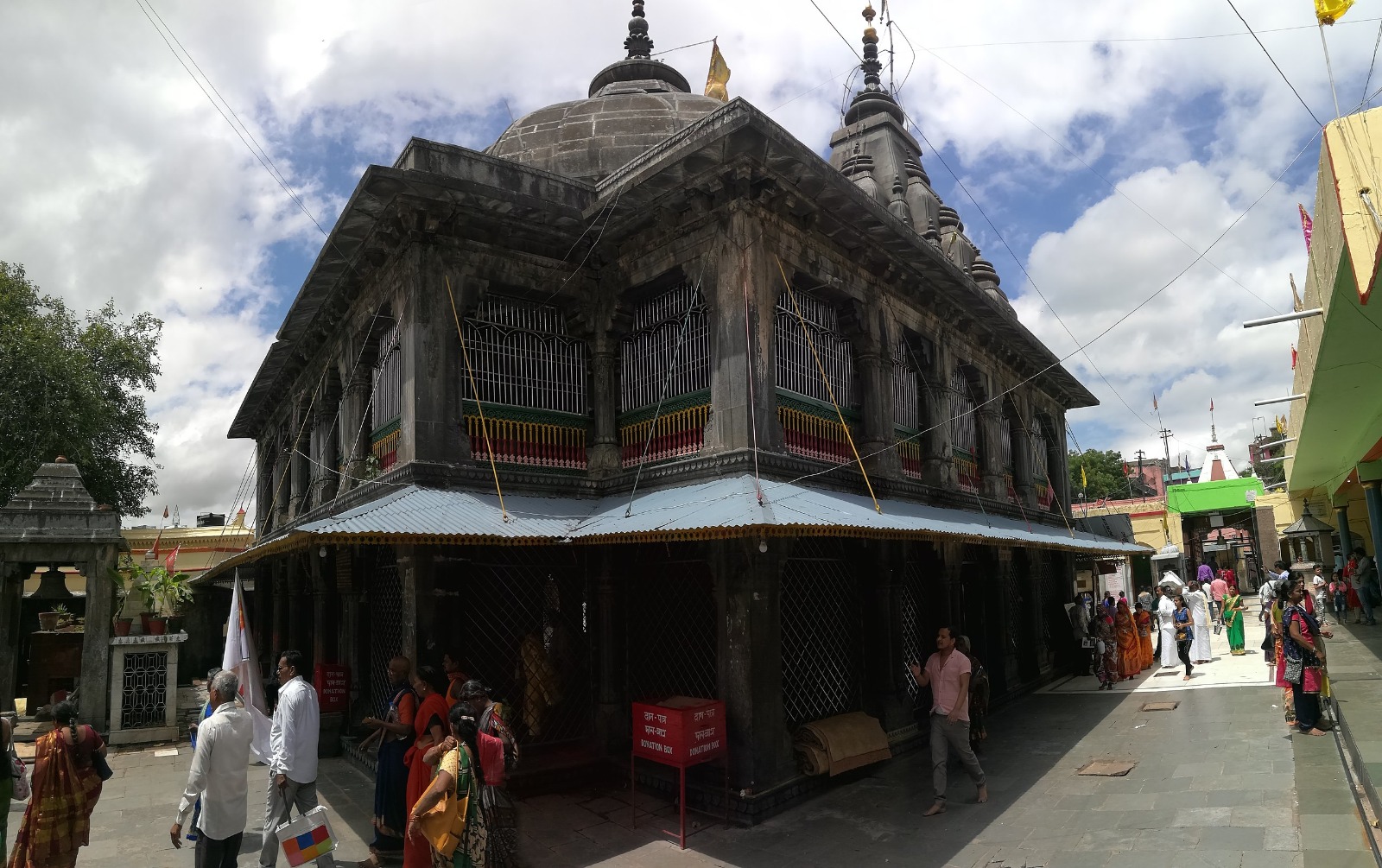Mailing List
Sign up for our mailing list to get latest updates and offers.
Varanasi, Ayodhya, and Gaya are three of the most revered cities in India's spiritual and historical landscape, each offering a unique glimpse into the country’s rich cultural heritage. Varanasi, one of the oldest continuously inhabited cities in the world, is renowned for its sacred ghats along the Ganges River, where pilgrims come to perform rituals and seek spiritual solace. The city’s narrow lanes are lined with ancient temples and vibrant markets, making it a hub of Hindu religious life and a center of learning and tradition. Ayodhya, known as the birthplace of Lord Rama, holds immense significance in Hindu mythology and history. It is a city of temples and sacred sites, with the Ram Janmabhoomi complex being a focal point of pilgrimage and devotion. Gaya, located in Bihar, is another crucial pilgrimage destination, particularly for Hindus, who come here to perform the Pind Daan rituals for their ancestors at the Vishnupad Temple. This city is deeply connected with the legend of Lord Buddha’s enlightenment, adding a layer of historical importance to its spiritual significance. Together, these cities form a sacred triangle that embodies the essence of India’s spiritual and historical heritage, attracting pilgrims, historians, and travelers from around the globe.
Morning: Arrive in Varanasi by train, flight, or bus. Transfer to your hotel and check-in. Freshen up and relax after your journey. Afternoon: Begin your exploration with a visit to the Kashi Vishwanath Temple, one of the most important Hindu temples dedicated to Lord Shiva. Explore the bustling Ghats of Varanasi, including Dashashwamedh Ghat and Manikarnika Ghat. Evening: Attend the mesmerizing Ganga Aarti at Dashashwamedh Ghat, a spiritual and visual spectacle with chants, fire rituals, and offerings.Dinner at a local restaurant or your hotel.

Morning: Take a serene boat ride on the Ganges River to witness the daily rituals and the beauty of the ghats from the water. Visit the Sarnath archaeological site, where Buddha delivered his first sermon. Explore the Dhamek Stupa, the Sarnath Museum, and the surrounding ruins. Afternoon: Enjoy lunch at a local restaurant. Visit the Banaras Hindu University (BHU) campus and the Bharat Kala Bhavan Museum.Evening: Explore the narrow lanes of Varanasi, known for their vibrant markets and traditional shops. Return to your hotel for dinner.

Morning: After breakfast, check out from your hotel and drive to Ayodhya (approximately 200 kilometers, around 5-6 hours by road). Check into your hotel in Ayodhya and freshen up. Afternoon: Visit the Ram Janmabhoomi Temple, the site believed to be the birthplace of Lord Rama. Explore Hanuman Garhi, a temple dedicated to Lord Hanuman with impressive architecture and panoramic views of the city. Evening: Stroll through Ayodhya’s local markets and enjoy dinner at a local restaurant or your hotel.

Morning: Visit other important temples in Ayodhya, such as the Kanak Bhawan, which is dedicated to Sita and Rama, and the Sugreev Temple. Explore Saryu River ghats and enjoy the serene environment. Afternoon: Have lunch at a local eatery. Visit the Ayodhya Museum to learn about the city’s history and mythology. Evening: Enjoy a quiet evening walk along the Saryu River or explore more of Ayodhya’s local areas. Return to your hotel for dinner.

Morning: Check out from your hotel in Ayodhya and drive to Gaya (approximately 250 kilometers, around 6-7 hours by road). Check into your hotel in Gaya and freshen up. Afternoon: Visit the Vishnupad Temple, which is significant for performing Pind Daan rituals for ancestors. Explore the Mahabodhi Temple in Bodh Gaya (about 12 kilometers from Gaya), a UNESCO World Heritage site where Buddha attained enlightenment.Evening: Enjoy a peaceful evening in Bodh Gaya or Gaya. Return to your hotel for dinner.

Morning: After breakfast, check out from your hotel. If time permits, visit local markets or nearby attractions. Afternoon: Transfer to Gaya Airport or train station for your onward journey.
The best time to visit these cities is from October to March, during the cooler and more pleasant winter months. Avoid the peak summer months (April to June) and the monsoon season (July to September) due to high temperatures and heavy rains.
Varanasi and Ayodhya are about 200 kilometers apart, and you can travel between them by train or road. Gaya is approximately 250 kilometers from Varanasi, and can be reached by train or road as well. There are also connecting flights from Varanasi to Gaya. Consider hiring a private car for a more comfortable and flexible journey.
Key attractions include the Ghats of Varanasi (Dashashwamedh, Manikarnika), Kashi Vishwanath Temple, Sarnath (where Buddha gave his first sermon), and the narrow streets filled with temples and markets. The evening Ganga Aarti is a must-see for its spiritual and visual grandeur.
Ayodhya is famously known as the birthplace of Lord Rama, a central figure in Hindu mythology. Key sites include the Ram Janmabhoomi Temple complex, Hanuman Garhi, and the numerous other temples dedicated to various deities associated with Lord Rama’s life.
Gaya is a major pilgrimage site for performing Pind Daan, a ritual for ancestors. The Vishnupad Temple, which houses the footprint of Lord Vishnu, is a significant religious site. Gaya is also associated with Buddha’s enlightenment, making it important for Buddhist pilgrims.